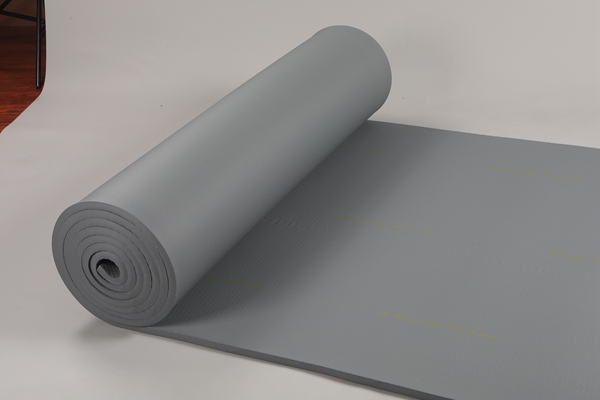E-mail: marketing@hbhuamei.com
Foam rubber, also known as sponge rubber or cellular rubber, is manufactured through a process called foam molding or foam expansion. The specific method can vary depending on the type of foam rubber being produced (e.g., polyurethane foam, neoprene foam, silicone foam). Here is a general overview of the manufacturing process:

The process begins with the preparation of raw materials. For polyurethane foam, the main components are polyols (polyether or polyester polyols) and isocyanates. Other additives such as blowing agents, catalysts, surfactants, and fillers may also be included based on the desired properties of the foam.
The raw materials are precisely measured and mixed together in a batch or continuous process. This mixing stage is crucial for achieving the desired foam properties, including density, hardness, and cell structure.
The mixed raw materials are then dispensed into a mold or onto a conveyor belt. In the mold, the chemical reaction between the polyols and isocyanates generates heat and produces carbon dioxide gas, which acts as a blowing agent. This gas expands within the mixture, causing it to foam and expand to fill the mold cavity or form a continuous sheet.
After foaming, the material undergoes a curing process to allow the foam structure to solidify and stabilize. This may involve exposure to heat, moisture, or chemical curing agents, depending on the type of foam rubber being produced. Cross-linking reactions may also occur, which improve the mechanical properties and durability of the foam.
Once the foam rubber has cured, it is removed from the molds or cut into the desired shapes and sizes. Various cutting methods such as die cutting, water jet cutting, or blade cutting may be used depending on the application requirements. The foam may also undergo additional processing steps such as surface treatment, lamination, or bonding to other materials.
Throughout the manufacturing process, quality control measures are implemented to ensure that the foam rubber meets the specified standards and performance requirements. This may involve testing for properties such as density, hardness, tensile strength, compression set, and cell structure uniformity.
Overall, foam rubber manufacturing involves a series of carefully controlled steps to produce foam materials with the desired properties and performance characteristics for various applications.
Copyright © Huamei Energy-saving Technology Group Co., Ltd. All Rights Reserved | Sitemap | Privacy Policy
Insulation solutions LIST: Insulation solutions LIST